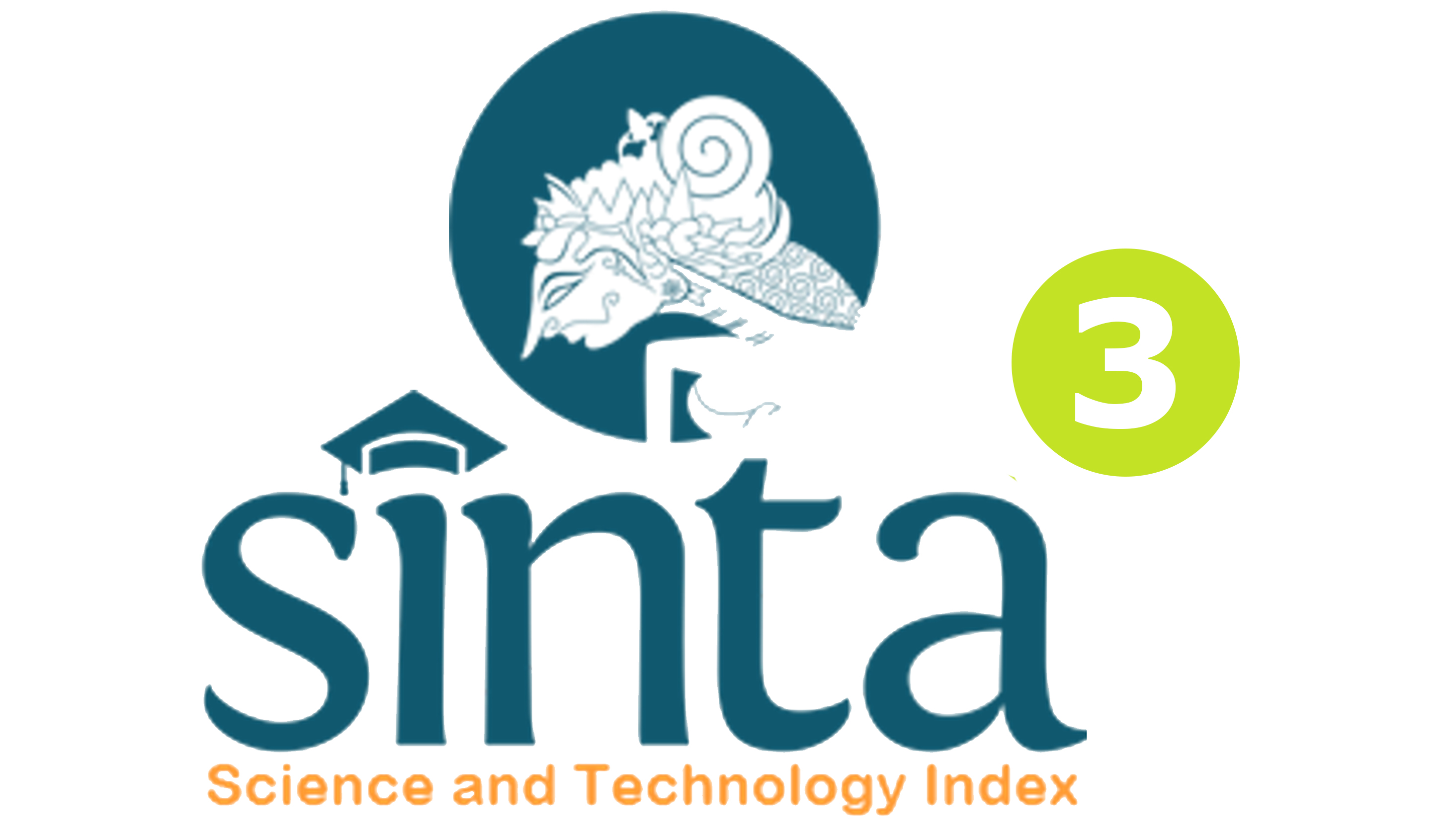Hubungan Antara Konformitas Teman Sebaya Dengan Kenakalan Remaja
DOI:
https://doi.org/10.23887/jibk.v12i3.39026Keywords:
peer conformity, juvenile delinquency, adolescentsAbstract
This study aims to determine the relationship between peer conformity with juvenile delinquency. The data collection used in this study was the conformity scale compiled by Mehrabian & Stefl (1995) and the juvenile delinquency scale from Chadwick & Top (1993). This research method is a type of quantitative research with the sampling technique used is the saturated sampling technique, namely by taking the entire population of adolescents in LPKA Kelas II Yogyakarta and BRSAMPK Antasena Magelang. The total number of samples was 34 adolescents and 32 adolescents, so the total sample used by the researcher was 66 adolescents. Based on the results of the spearman's rho correlation data analysis technique that is used, this study showed that there was no positive relationship between peer conformity and juvenile delinquency (r = 0.139 with a significance of 0.133; p > 0.05). Thus, this research hypothesis is not accepted.References
Azwar, S. (2012). Penyusunan Skala Psikologi. Edisi II. Yogyakarta: Pustaka Pelajar.
Baron, R. A., & Byrne, D. (2005). Psikologi Sosial. Jilid 2 Edisi kesepuluh. Jakarta: Erlangga.
Chadwick, B. A., & Top, B. L. (1993). Religiosity and Delinquency among LDS Adolescents. Journal for the Scientific Study of Religion, 32(1), 51. https://doi.org/10.2307/1386913
Een, Tagela, U., & Irawan, S. (2020). Jenis-jenis Kenakalan Remaja dan Faktor-faktor yang Mempengaruhi di desa Merak Rejo Kecamatan Bawen Kabupaten Semarang. Jurnal Bimbingan dan Konseling Terapan, 4(1), 119–130.
Hawkins, J. D., Herrenkohl, T. I., Farrington, D. P., Brewer, D., Catalano, R. F., Harachi, T. W., & Cothern, L. (2000). Predictors of Youth Violence. Juvenile Justice Bulletin. http://eric.ed.gov/?id=ED440196
Hurlock, E. B. (2004). Psikologi Perkembangan suatu pendekatan sepanjang rentang kehidupan. Yogyakarta: Erlangga.
KPP & PA. (2019). Profil anak Indonesia. Diakses dari https://www.kemenpppa.go.id/lib/uploads/slider/c7c3e-profil-anak-indonesia-2019.pdf
Mehrabian, A., & Stefl, C. A. (1995). Basic Temperament Components of Loneliness, Shyness and Coformity. Social Behavior and Personality: An International Journal, 23(3), 253-263. https://doi.org/10.2224/sbp.1995.23.3.253
Mönks, F.J., Knoers, A.M.P, dan Haditono, S. R. (2002). Psikologi Perkembangan Pengantar Dalam Berbagai Bagiannya. Yogyakarta: Gadjah Mada University Press.
Oktawati, Winda. (2017). Kenakalan Remaja di Desa Sungai Paku (Studi Kasus SMP 4 Kampar Kiri Kabupaten Kampar). Riau: Sosiologi-Fakultas Ilmu Sosial dan Ilmu Politik Universitas Riau.
Papalia, D., & Feldman, R. D. (2012). Menyelami Perkembangan Manusia. Edisi 12. Jakarta: Salemba Humanika.
Santrock, J. W. (2003). Adolescence: Perkembangan Remaja. Jakarta: Erlangga.
Santrock, J. W. (2007). Perkembangan Anak. Edisi kesebelas Jilid 2. Jakarta: Erlangga.
Sarwono, S. W. (2006). Psikologi Remaja. Jakarta: Rajawali Press.
Song, G., Ma, Q., Wu, F., & Li, L. (2012). The psychological explanation of conformity. Social Behavior and Personality: An International Journal, 40(08), 1365-1372. https://doi.org/10.2224/sbp.2012.40.8.1365
Sugiyono. (2019). Metode Penelitian Kuantitatif. Bandung: Alfabeta.
Winarsih., & Saragih, S. (2016). Keharmonisan Keluarga, Konformitas Teman Sebaya dan Kenakalan Remaja. Persona: Jurnal Psikologi Indonesia, 5(01). https://doi.org/10.30996/persona.v5i01.743
Willis, Sofyan. (2008). Remaja dan Masalahnya. Bandung: Alfabeta.
Downloads
Published
Issue
Section
License
Copyright (c) 2021 Robertus Bona Gunawan Situngkir

This work is licensed under a Creative Commons Attribution 4.0 International License.
Jurnal Ilmiah Bimbingan Konseling Undiksha is an Open Access Journal. The authors who publish the manuscript in this journal agree to the following terms:
JIBK is licensed under a Creative Commons Attribution 4.0 International License. This permits anyone to copy, redistribute, remix, transmit and adapt the work provided the original work and source is appropriately cited.
This means:
Jurnal Ilmiah Bimbingan Konseling is licensed under a Creative Commons Attribution 4.0 International License.
(1) Under the CC-BY license, authors retain ownership of the copyright for their article, but authors grant others permission to use the content of publications in JIBK in whole or in part provided that the original work is properly cited. Users (redistributors) of JIBK are required to cite the original source, including the author's names, JIBK as the initial source of publication, year of publication, volume number, issue, and Digital Object Identifier (DOI); (2) The authors are the copyright owner of the article, and the author grants the JIBK held the first publication right.









.png)

.jpg)
